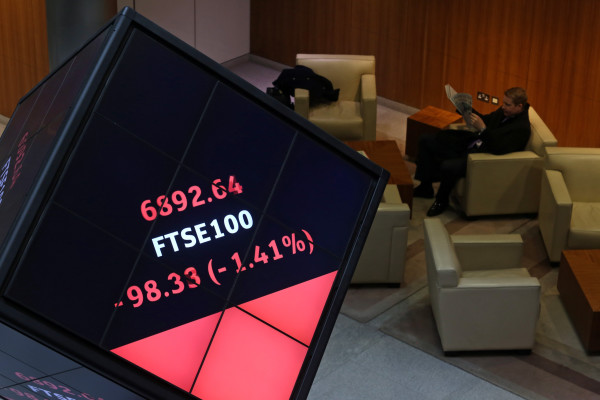At a time when merger and acquisition activity is creating a series of asset management giants, boutique firms and smaller partnerships are more prized than ever by fund selectors. From this perspective, the presence of Liontrust, Artemis and Miton on the list is no surprise.
The second group is the passive providers. Vanguard, Legal & General and HSBC have all derived the vast majority of their sales from index-tracking products. As Chart 1 indicates, five of the 10 the most popular funds in 2018 were passives. True, there are also three passive funds among the list of least popular products, but there is a case that this simply confirms their ubiquity. Whether buying or selling, such funds are now the go-to choice for more intermediaries than ever before.
This is not a sudden shift; our previous survey told a similar story. But Investment Association statistics suggest passives more than consolidated their position in 2018. While overall retail fund sales for this year look set to come in at around a fifth or a quarter of the record amount garnered in 2017, tracker funds have already amassed £7.5bn in net sales compared with £10.7bn last year. What’s more, this data does not include ETFs.
One question for allocators is whether this interest will continue now that markets look to have entered a more difficult period. There is a reasonable chance that it will. Active managers like to say that their funds protect investors better in down markets, but the events of October and November again showed that this only tends to apply in a select number of cases.
Table 2 details those companies that have struggled the most during the year as a whole – from a flows perspective, at least. The biggest loser in this regard is Standard Life Aberdeen. Once again, its misfortunes have been driven by the travails of the Global Absolute Return Strategies fund. But while Gars is its biggest problem, it’s not the only one: outflows from Aberdeen funds mean the firm would still feature in the top 10, even if its former poster child were omitted.
These tables do exclude fund of funds, however – those are found in Table 3 – and investors’ interest in this part of SLA’s business means it has continued to be a ray of light during a dark period for the company.
Table 3: Top 10 fund groups by 2018 FoF flows
Name | Estimated net flow, year to date (£m) | 2017 netflow (£m) | Total relevant assets (£bn) |
Vanguard | 3,000 | 3,730 | 13 |
Quilter Investors | 2,200 | n/a | n/a |
Standard Life | 1,400 | 2,100 | 19 |
HSBC | 1,100 | 750 | 11.5 |
Legal & General | 1,050 | 1,820 | 6 |
Columbia Threadneedle | 550 | 350 | 5.5 |
Premier | 600 | 780 | 5 |
Merian | 530 | 600 | 2 |
Heartwood | 270 | 430 | 2 |
Close Brothers | 130 | 140 | 0.3 |
Notes: UK-domiciled funds only. 2018 data to October 31. Quilter data is from FE. Source: Morningstar/FE. Copyright: Money Management
Pluses and minuses












